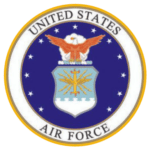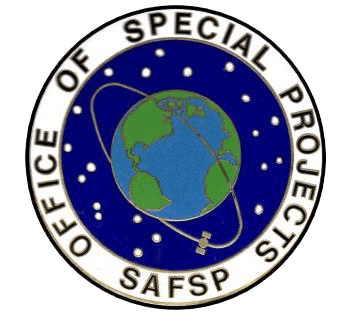
ABOUT SAFSP
Following the end of World War 2, the Soviet Union was taking actions under Joseph Stalin that threatened the United States. His goal: world communism. The menace of the Soviet strategic nuclear force weighed heavily. President Dwight Eisenhower knew that we needed to obtain intelligence on their capabilities. Human intelligence was next to impossible behind the Iron Curtain. Balloons with cameras were released to fly over Russia, the U-2 and the SR-71 served as high altitude camera platforms. It became clear that the optimal spy machines were satellites.
Three such reconnaissance satellites were developed to obtain images of denied areas: CORONA, GAMBIT AND HEXAGON.
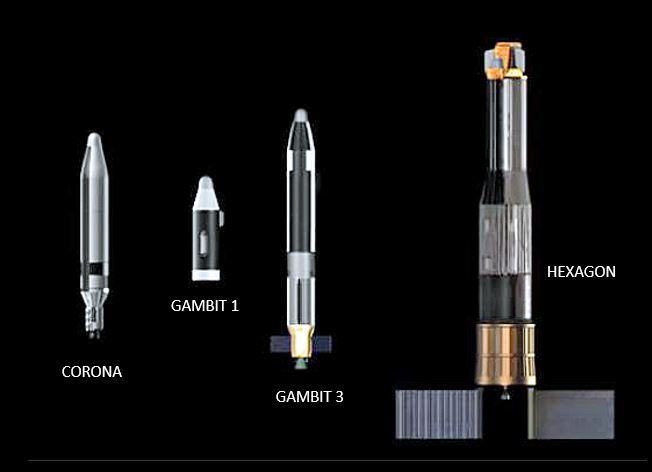
In 1961, the U.S. National Reconnaissance Office (NRO) was created to manage the Air Force, Navy and CIA in their development of film-based reconnaissance systems. The AF office for satellite reconnaissance was called the Office of the Secretary of the Air Force Special Projects [SAFSP]. Known as “SP,” this group of hand-picked men and women was the AF office for satellite reconnaissance. SP was assigned covert responsibility for R&D, development, acquisition, implementation and operation of all Air Force space operations including imaging and electronic reconnaissance systems. To accomplish this, SP management was provided direct access to national leadership, conducted covert management of operations and rapid procurement of systems to implement intelligence gathering of the highest national priority.
From 1960 through 1998, the organization managed projects from its core research through the development of key elements, through program approval, development and execution. This also included launch, operations and deorbit.
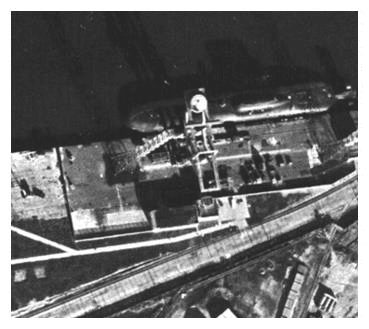
Submarine Base in the Soviet Union
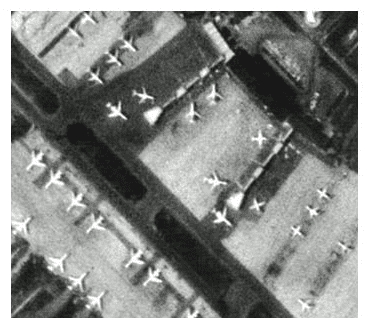
Kubinka Airfield in the Soviet Union

ABOUT SAFSP
Following the end of World War 2, the Soviet Union was taking actions under Joseph Stalin that threatened the United States. His goal: world communism. The menace of the Soviet strategic nuclear force weighed heavily. President Dwight Eisenhower knew that we needed to obtain intelligence on their capabilities. Human intelligence was next to impossible behind the Iron Curtain. Balloons with cameras were released to fly over Russia, the U-2 and the SR-71 served as high altitude camera platforms. It became clear that the optimal spy machines were satellites.
Three such reconnaissance satellites were developed to obtain images of denied areas: CORONA, GAMBIT AND HEXAGON.
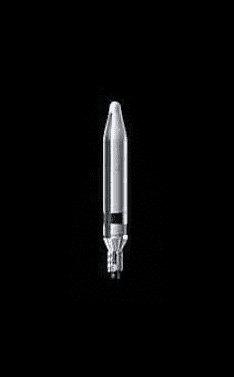
CORONA
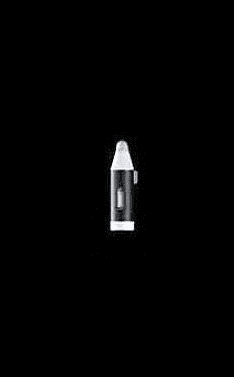
GAMBIT 1
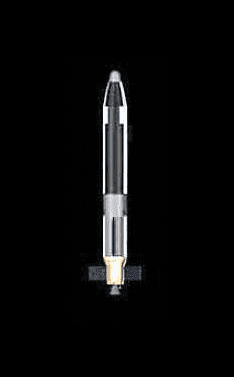
GAMBIT 3
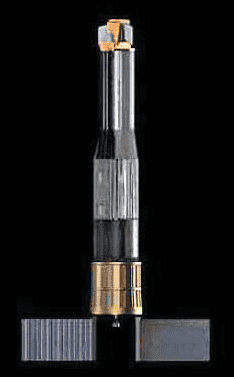
HEXAGON
In 1961, the U.S. National Reconnaissance Office (NRO) was created to manage the Air Force, Navy and CIA in their development of film-based reconnaissance systems. The AF office for satellite reconnaissance was called the Secretary of the Air Force Office of Special Projects [SAFSP]. Known as “SP,” this group of hand-picked men and women was the AF office for satellite reconnaissance. SP was assigned covert responsibility for R&D, development, acquisition, implementation and operation of all Air Force space operations including imaging and electronic reconnaissance systems. To accomplish this, SP management was provided direct access to national leadership, conducted covert management of operations and rapid procurement of systems to implement intelligence gathering of the highest national priority.
From 1960 through 1998, the organization managed projects from its core research through the development of key elements, through program approval, development and execution. This also included launch, operations and deorbit.

Submarine Base in the Soviet Union

Kubinka Airfield in the Soviet Union
